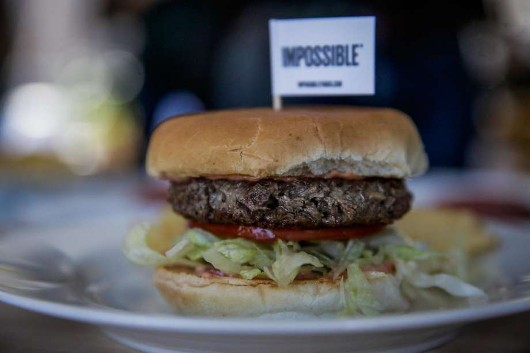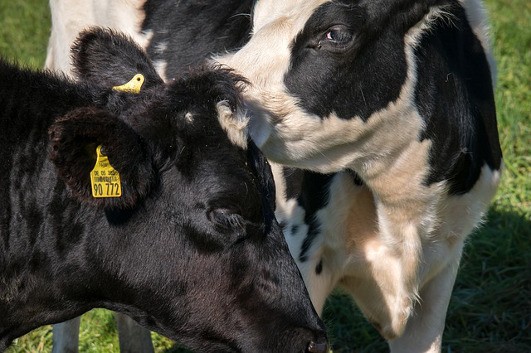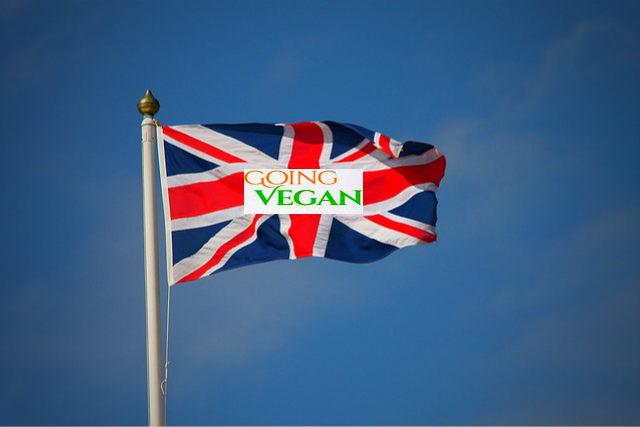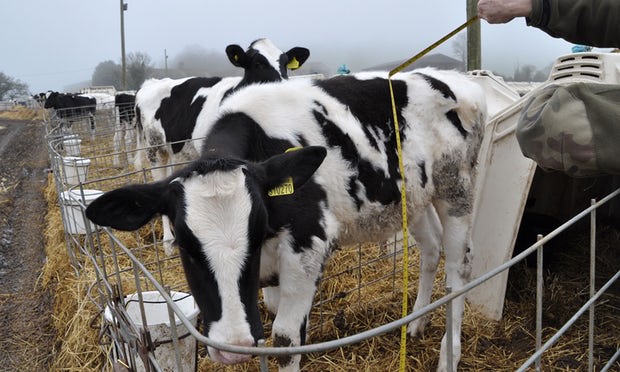When it comes to drinking milk, opinions still seem to be quite controversial in the public. Of course, the most influential companies make sure that their marketing campaigns and claims describe milk as the best remedy for strengthening your bones by heaping it up with calcium. Nothing could be further from the truth than this claim. Unfortunately, just the opposite is the case: milk is often linked to an increase in osteoporosis and there is a good reason for that. First, animal milk has three times more protein than human milk. This overdose of protein has a critical impact on your acid-base balance. In fact, it makes your body very acidic. In order for your body to get rid of this extra acid, meaning to neutralize the pH-level, your body needs calcium. So, the human body is forced to dig deep into your bones to get that calcium from there. So, at the end you end up having much less calcium than before. Unfortunately, the dairy industry wreaks havoc not only on humans’ bones but also on cows’ lives. There are many other extremely health-damaging effects that are linked to milk which starts with its processing.
“Processing Is the Problem
The path that transforms healthy milk products into allergens and carcinogens begins with modern feeding methods that substitute high-protein, soy-based feeds for fresh green grass and breeding methods to produce cows with abnormally large pituitary glands so that they produce three times more milk than the old fashioned scrub cow. These cows need antibiotics to keep them well.
Their milk is then pasteurized so that all valuable enzymes are destroyed (lactase for the assimilation of lactose; galactase for the assimilation of galactose; phosphatase for the assimilation of calcium).
Literally dozens of other precious enzymes are destroyed in the pasteurization process. Without them, milk is very difficult to digest. The human pancreas is not always able to produce these enzymes; over-stress of the pancreas can lead to diabetes and other diseases.
The butterfat of commercial milk is homogenized, subjecting it to rancidity. Even worse, butterfat may be removed altogether. Skim milk is sold as a health food, but the truth is that butter-fat is in milk for a reason.
Without it the body cannot absorb and utilize the vitamins and minerals in the water fraction of the milk. Along with valuable trace minerals and short chain fatty acids, butterfat is America’s best source of preformed vitamin A.
Synthetic vitamin D, known to be toxic to the liver, is added to replace the natural vitamin D complex in butterfat. Butterfat also contains re-arranged acids which have strong anti-carcinogenic properties.
Non-fat dried milk is added to 1% and 2% milk. Unlike the cholesterol in fresh milk, which plays a variety of health promoting roles, the cholesterol in non-fat dried milk is oxidized and it is this rancid cholesterol that promotes heart disease.
Like all spray dried products, non-fat dried milk has a high nitrite content. Non-fat dried milk and sweetened condensed milk are the principle dairy products in third world countries; use of ultra high temperature pasteurized milk is widespread in Europe.
Other Factors Regarding Milk
Milk and refined sugar make two of the largest contributions to food induced ill health in our country. That may seem like an overly harsh statement, but when one examines the evidence, this is a reasonable conclusion.
The recent approval by the FDA of the use of BGH (Bovine Growth Hormone) by dairy farmers to increase their milk production only worsens the already sad picture.
BGH causes an increase in an insulin-like growth factor (IGF-1) in the milk of treated cows. IGF-1 survives milk pasteurization and human intestinal digestion. It can be directly absorbed into the human bloodstream, particularly in infants.
It is highly likely that IGF-1 promotes the transformation of human breast cells to cancerous forms. IGF-1 is also a growth factor for already cancerous breast and colon cancer cells, promoting their progression and invasiveness.
It is also possible for us to absorb the BGH directly from the milk. This will cause further IGF-1 production by our own cells.
BGH will also decrease the body fat of cows. Unfortunately, the body fat of cows is already contaminated with a wide range of carcinogens, pesticides, dioxin, and antibiotic residues. When the cows have less body fat, these toxic substances are then transported into the cows’ milk.
BGH also causes the cows to have an increase in breast infections for which they must receive additional antibiotics.”
To read the rest of the article, check it out on the original source over at Dr. Mercola.








Good read! Angie Dixon Wilhite